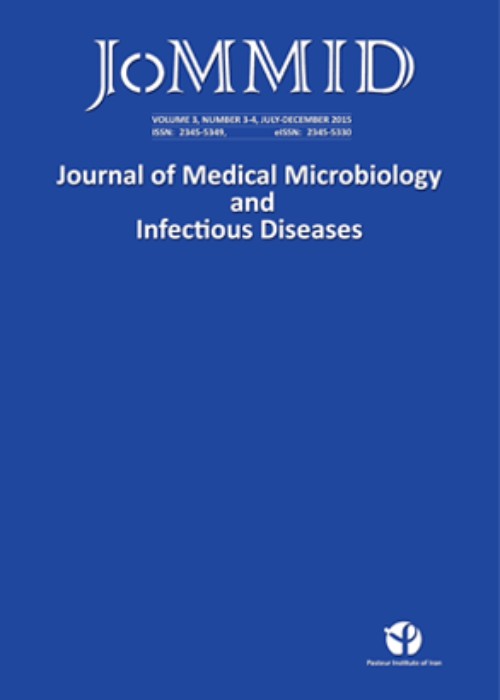In silico Characterization of Biofilm-Associated Protein (Bap) Identified in a Multi-drug Resistant Acinetobacter baumannii Clinical Isolate
Acinetobacter baumannii (AB) is a Gram-negative bacteria associated with various hospital infections. The present study deals with in silico analysis of the biofilm-associated protein (Bap) in this pathogen.
Sixty-eight multi-drug resistant (MDR) AB were isolated from two hospitals in Kerman, Iran. Biofilm-formation was investigated using the microtiter method and PCR followed by sequencing to detect the bap gene in the strongest biofilm-forming isolate. The physicochemical parameters of Bap protein were determined by the ProtParam tool using the ExPasy program. The 3D models from the primary amino acid sequence were constructed using the I-TASSER modeling platform based on multiple-threading alignments by LOMETS. Nevertheless, to ensure the correct initial structure, the protein was minimized in energy through the 3DRefine software of the deep learning system. For the accuracy of predicted models, calculation of the orientation of dihedral angles, including the phi (φ) and psi (ψ) and backbone conformation using the PROCHECK module of the PDB Sum server was performed. The domains and key amino acids involved in protein structure were studied by the Pfam and Interpro softwares.
Analysis of the amino acid content of the Bap protein revealed the absence of Arg and Cys in the protein structure. Our Bap protein exhibited ~99.6% identity with other Bap sequences in the GenBank database. Stereochemical simulation identified 19 antiparallel β-sheets with two small α-helices. The N-terminal of Bap protein formed oligomers that mediate cellular adhesion.
This study adds considerable information about Bap protein 3D structure, its conformation, domain analysis, and amino acids involved in cellular attachment.
- حق عضویت دریافتی صرف حمایت از نشریات عضو و نگهداری، تکمیل و توسعه مگیران میشود.
- پرداخت حق اشتراک و دانلود مقالات اجازه بازنشر آن در سایر رسانههای چاپی و دیجیتال را به کاربر نمیدهد.



